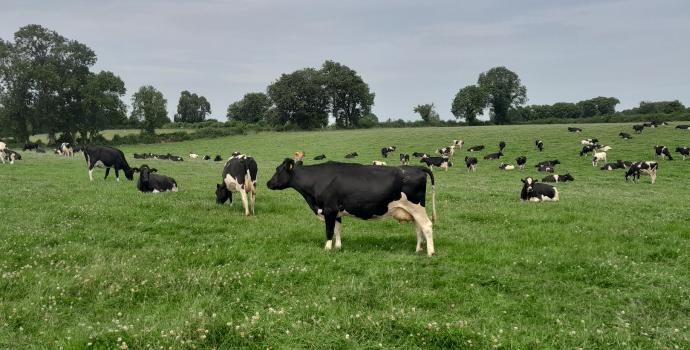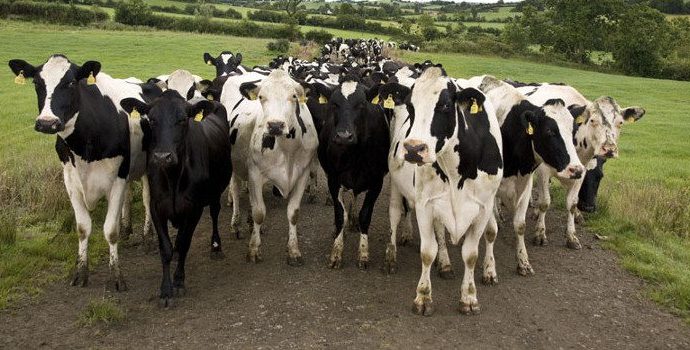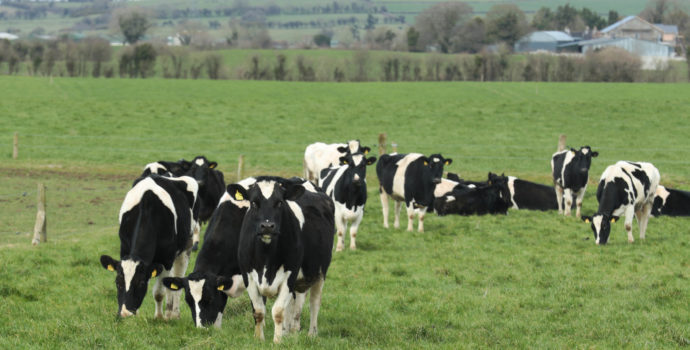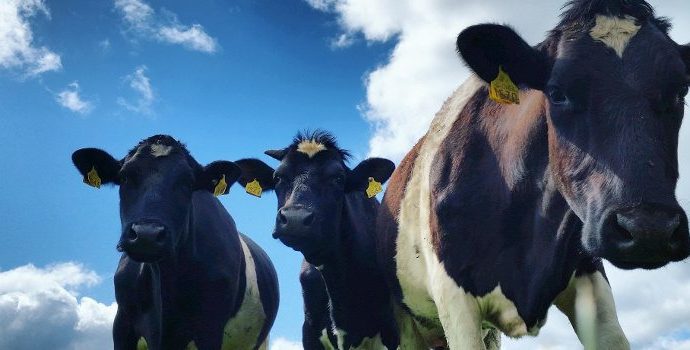
As the GDT records its 9th consecutive uplift (+0.8%), IFA National Dairy Committee Chairman Tom Phelan said the Committee would in the coming days be lobbying co-op board members to show them that they must hold the March milk price. Markets justify it and farmers need it. “There are at least 10 good reasons why they should do so.”
- With milk prices below costs and the persistent impact of 2018 weather events, global supplies are stalling, and with quasi empty SMP intervention stores, milk and dairy products are scarcer;
- Dairy returns, as recorded by the EU MMO, have been around 36c/l before processing costs since mid-February. This would allow for up to 1c/l more than co-ops are currently paying;
- The last 9 GDT auctions have seen price increases, with the index lifting 27.2% since last November, leading Fonterra to raise their forecast 2018/19 milk price by 30c/kg of MS.
- The main European milk purchasers have held their March milk price. Friesland Campina (NL) at €36.50/100kgs, Arla UK at 30.24 ppl (35.4c/l) and Lactalis in France at 33.18c/l.
- The February Ornua PPI, unchanged at 107.64 points, equivalent to 30.64c/l + VAT (32.3c/l incl VAT) justified co-ops holding their February price. Yet, Glanbia, Kerry, Arrabawn and Dairygold cut by 0.5 to 1c/l, while Lakeland, LacPatrick, Aurivo and Carbery held theirs.
- During 2018, co-ops supported farmers through milk price top-ups, favourable merchant credit, input purchase rebates and even fodder imports. This necessary and appreciated assistance was achieved without loss of industry performance, with 326m litres of additional milk enabling the profitable export of €4bn worth of dairy products.
- 2018 input costs (unit prices) rose massively. Fertiliser by 4.7%, fuel by 10%, electricity by 8% and feed prices by 5%. Predictions for 2019 is that fertiliser prices could rise a further 16%!
- Higher input costs were combined with larger input spend as consumption of feed, fodder, fertiliser and energy increased massively. Dairy feed usage went up 38% in tonnage, and 52% in value. Fertiliser use increase contributed to a 19% lift in forage cost per ha, or 13% per litre of milk. Total production costs rose 11% or 2.5c/l to 25.2c/l – a €12,500 cut on the bottom-line of a 500,000 litre milk producer.
- Farmers are still catching up with their 2018 input bills. The March milk cheque is the first significant opportunity to do so. Yet, between Jan ‘18 and Feb ‘19 (13 months), the average milk price has fallen 3.75c/l, reducing farmers’ cash flow and their ability to clear bills.
- Brexit chaos and confusion continue. A no-deal crash out cannot be excluded – but this is the one thing the UK Parliament agrees it does not want. Outcomes other than a no-deal crash would give rise to two years of transition/negotiation of the future EU/UK relationship during which trading conditions would be unchanged compared to UK membership of the EU.




